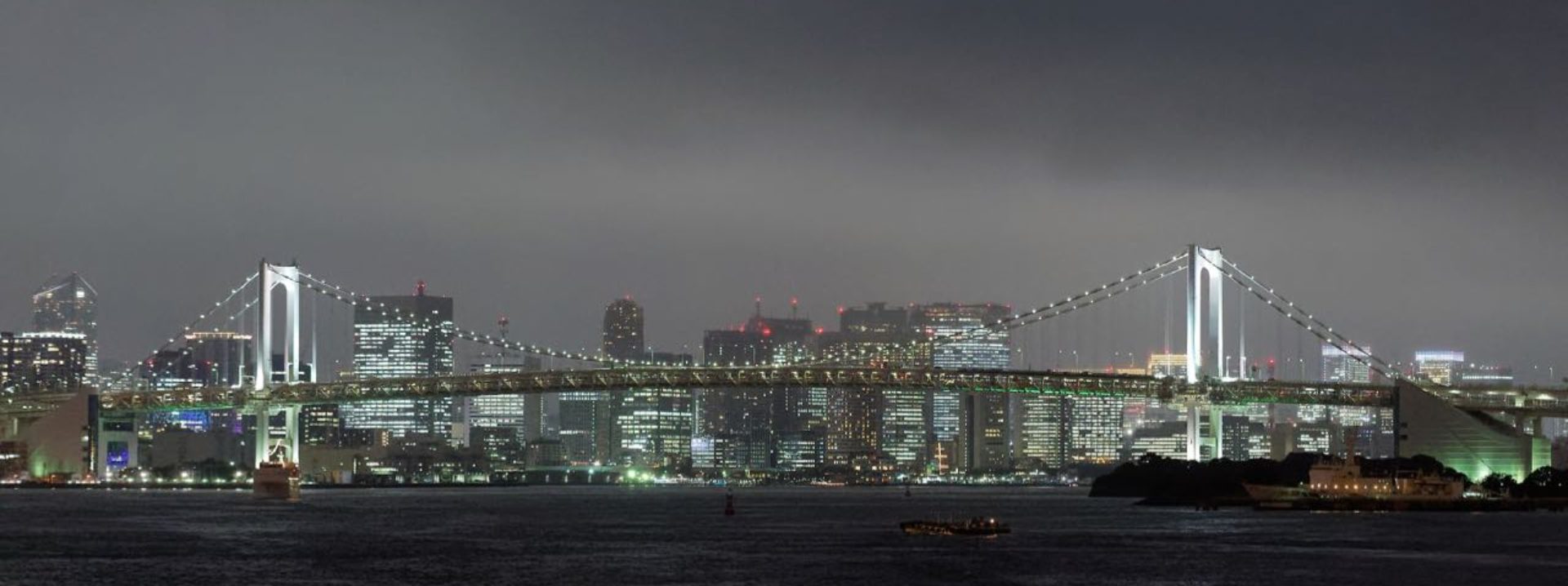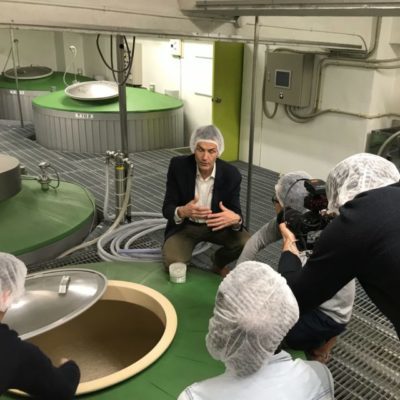![]() At the heart of the sakura (cherry blossom) season, Sebastien took two French guests and a TV crew with him to Nara Prefecture, for a “field-visit”.
At the heart of the sakura (cherry blossom) season, Sebastien took two French guests and a TV crew with him to Nara Prefecture, for a “field-visit”.
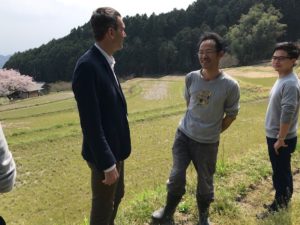
(Sebastien, Mr. Sugiura, Mr. Yamamoto)
The visit started at the foot of Mount Kongo in Katsuragi City, in this fertile area between peak and valley (or sea) that Japanese people generically name “Satoyama”. Katsuragi saw the birth of the Japanese civilization as we know it, close to the early capital cities built by self declared “Emperors” … and their burial mounds. Rice has been cultivated in the hills we were in for many centuries, possibly more than a thousand years. Fresh water is flowing all year long from Mount Kongo, and amazingly enough, the calendar-map that sets the rule for farmers to irrigate their fields (defining when and for how many days) has not changed since Edo times. While they enjoy the best views, the fields nearest the peaks are not the easiest to cultivate, quite small, and their crop often fall victim of wild boars’ s appetite. As a result, aging farmers are happy to let someone else take care of such plots. Making the most of them is the challenge Mr. Sugiura has been undertaking for 15 years. A former employee of a large conglomerate constructing dams and bridges, he went the way of a career change to grow rice and vegetable. Sugiura san very early on adopted organic farming, sacrificing time and yield to obtain higher quality produces. About 10 years ago, he started to contract and sell part of his Akitsuho rice crop to Yucho Shuzo, a nearby sake brewery (located in Gose City). Akitsuho is a local table rice, which is appropriate for sake brewing as well. A source of pride for Sugiura san, his Akitsuho rice is transformed into excellent “Kaze No Mori”(the commercial brand) sake by Yoshihiko Yamamoto, who took over form his father a few years ago. As a matter of fact the starch content of Sugiura san’s Akitsuho makes it desirable.
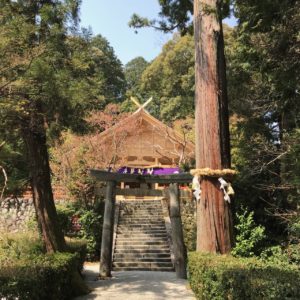
Before visiting Yucho Shuzo though, the small group stopped at Takagamo jinja, one of the very early Shinto shrines built by powerful families, the Kamo clan here. Visiting a shrine with a properly looked after altar serves as a great reminder of the role of sake in Japanese spirituality. The altar displays the daily offerings to the locally enshrined deity: water (i.e. life), salt (i.e. purity), rice (i.e. abundance) … and sake. Our host, the local priest Suzuka san, was “only” the 86th generation…
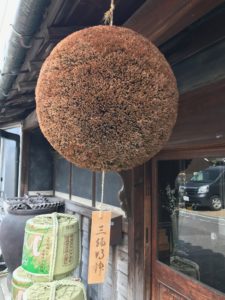

At Yucho Shuzo, Yamamoto san took the group through the main stages of sake production and the secrets of Kaze No Mori (literally the “Forest of Wind”; as a matter of fact the deity of wind is enshrined in small sacred shrine erected on the eponymous plateau), followed by a guided tasting. Yamamoto san (the kuramoto i.e. brewery owner)is leading a very young team whose main technician is a young Toji (master brewer) named Kazuma Matsuzawa.
Nara calls itself the birthplace of sake. This took place back in mythical ages. In addition and closer to us, Bodaisen Shoryaku-ji, a Buddhist Temple located about 20 kilometers away from the ancient capital of Japan, Nara, is regarded as the birthplace of “modern sake”, a pasteurized clear beverage brewed from polished rice in several phases, including the preparation of a yeast starter. That took place in the 16th century and the driver for the latest developments in the brewing technology was nothing more than the prospect of selling rice surpluses as a high value product, at a time the Temple needed huge funds to maintain its prestige and protect its precincts. It did eventually loose the political battle … and its splendor. Soon after, sake production progressively became the business of private corporations near Japan’s rice belt Osaka. The few buildings of Shoryaku-ji still standing are now scattered in beautiful nature.
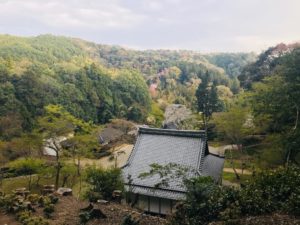
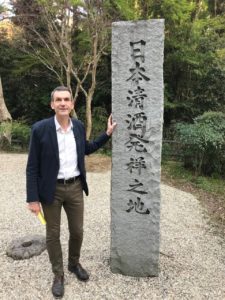
The short documentary was broadcasted on 30. April 2018 during the news on France 2 National TV channel.
